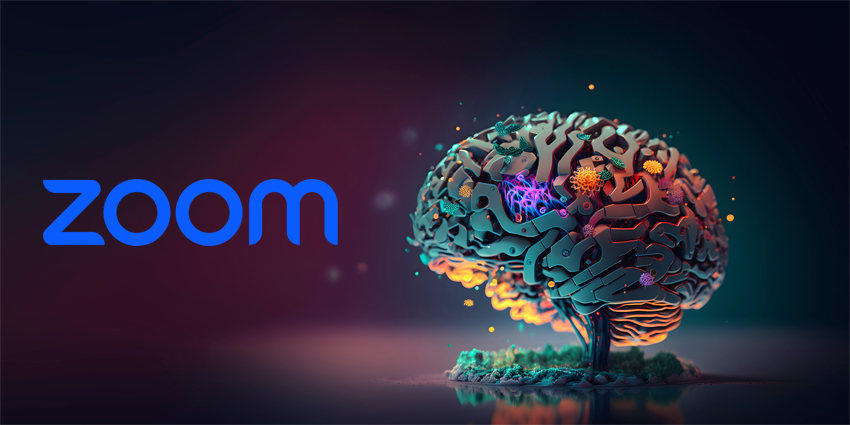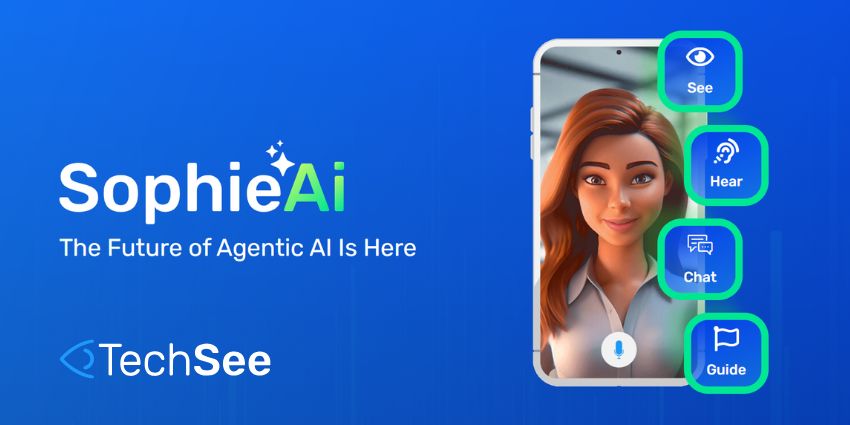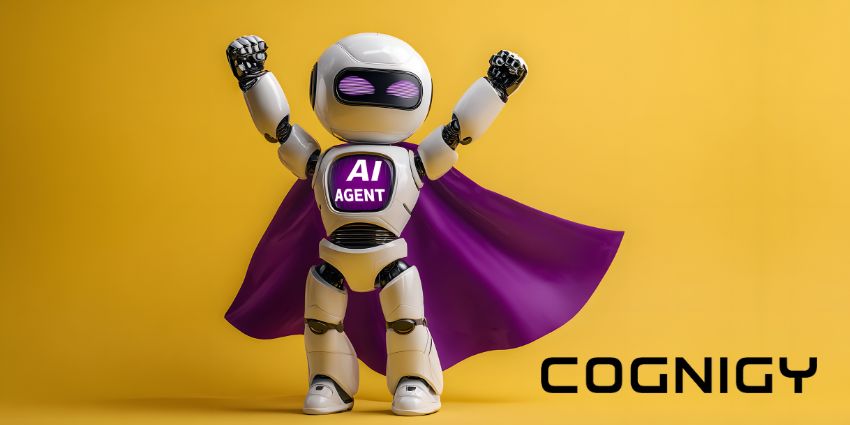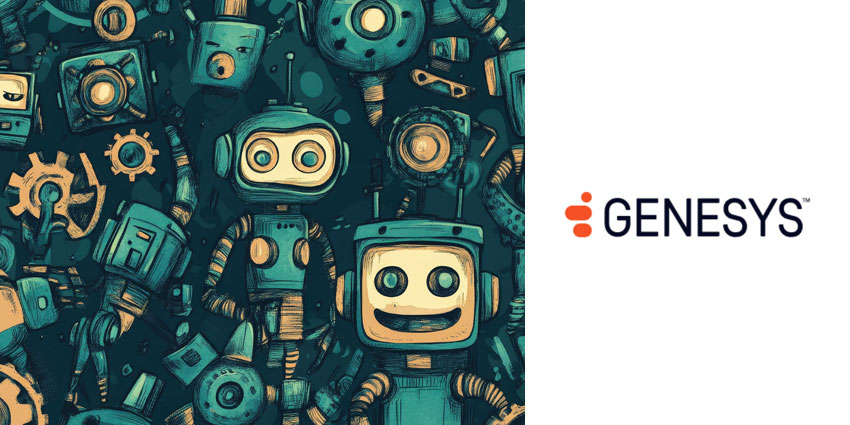Gartner has predicted a generative AI (GenAI) backlash in the next 18 months.
The company has claimed that at least 30% of GenAI projects will be abandoned after proof of concept by the end of 2025.
The adoption of GenAI was discussed during Gartner’s Data & Analytics Summit in Sydney, where the company outlined concerns around poor data quality, substandard risk controls, and escalating costs/the inability to prove return on investment (ROI).
It is the latter of these issues that the research organization deems particularly problematic, with the implementation of the AI tech requiring significant upfront investment and recurring costs, as seen in the below graphic:
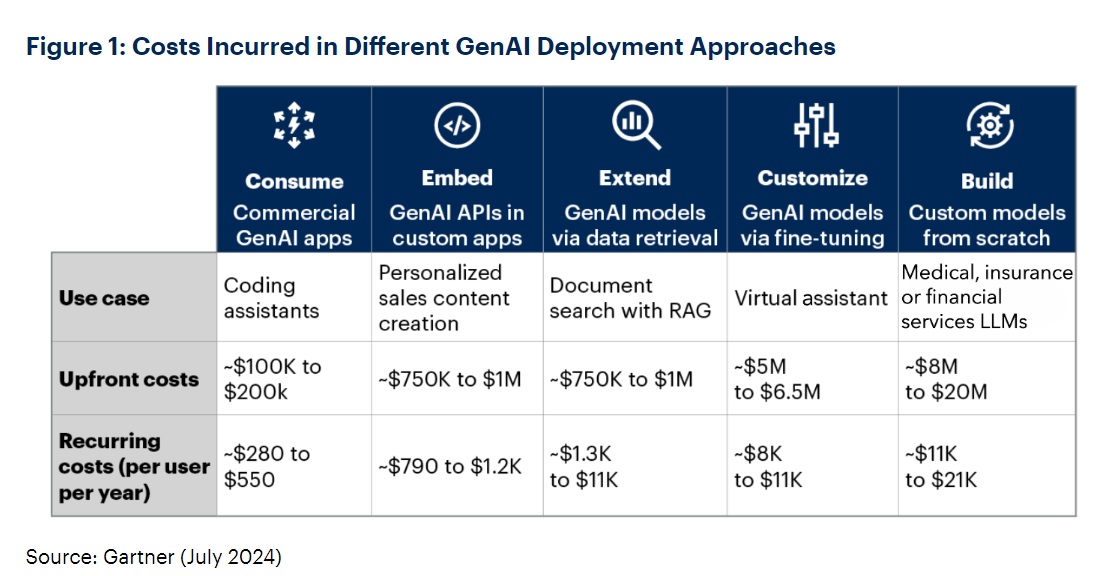
Gartner believes that organizations are struggling to justify these costs, as they can be “difficult to directly translate into financial benefit.”
Indeed, speaking at the summit, Distinguished VP Gartner Analyst Rita Sallam commented on the increasing financial burden that GenAI projects are placing upon businesses:
“After last year’s hype, executives are impatient to see returns on GenAI investments, yet organizations are struggling to prove and realize value.
As the scope of initiatives widen, the financial burden of developing and deploying GenAI models is increasingly felt.
The company explained that while there are examples of organizations reporting positive financial improvements from the deployment of GenAI, estimating the exact value can be challenging.
This is due to the fact that benefits are usually very specific to the individual company, use case, and/or workforce, meaning that it can often take time before they become evident.
Gartner refers to this model as indirect, future financial ROI rather than immediate ROI, which CFOs have historically preferred to invest in.
The difficulty with proving GenAI ROI was also discussed by Sallam, who believes that “unfortunately, there is no one size fits all with GenAI, and costs aren’t as predictable as other technologies.
What you spend, the use cases you invest in, and the deployment approaches you take, all determine the costs.
“Whether you’re a market disruptor and want to infuse AI everywhere, or you have a more conservative focus on productivity gains or extending existing processes, each has different levels of cost, risk, variability and strategic impact.”
Where is the Value in GenAI?
Given the ubiquitous nature of GenAI within the customer service and experience sector in recent times, Gartner’s prediction comes as something of a shock. Yet, the company has been warning against the overreliance on GenAI for quite some time.
Earlier this year, Emily Potosky, Senior Director of Research in the Gartner Customer Service and Support Practice, advised companies against relying solely on self-service and automation technology to replace employees.
Instead, Potosky suggested that investing in employee enablement technology would be a more beneficial strategy for both customer satisfaction and a company’s bottom line:
Providing employees with context and guidance through their technology will reduce a dependence on skills and expertise, and in doing so, lower costs and widen the available talent pool that can engage in customer-facing work.
More GenAI Predictions From Gartner
In a report earlier this year, Gartner made several bleak predictions about AI’s future in customer service.
Amid AI’s growing role in contact centers, Gartner warned against relying solely on digital solutions, predicting that within three years, the EU might mandate the “right to talk to a human.”
This response is driven by the rapid rise of GenAI. With automation affecting more customer service roles, Gartner forecasts that by 2027, 30% of organizations will merge multiple positions into a single customer-facing role.
The report also highlighted potential customer harm from AI advancements.
Gartner suggested that by 2027, GenAI chatbots could cause a customer’s death due to misinformation, a threat arising from “hallucinations,” where AI generates nonsensical or untruthful content.
Despite these warnings, Gartner predicts that by 2028, one-third of interactions with generative AI will involve autonomous agents.
These agents, which can learn and improve from their environment, are expected to have major applications in sectors like healthcare, education, insurance, and gaming.


